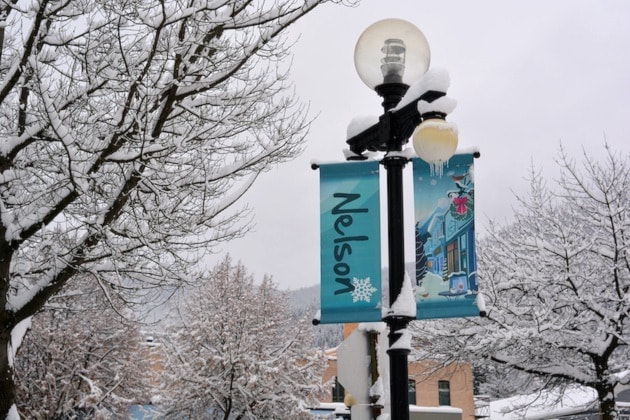If you haven’t already visited the new Kootenay Co-op grocery store, it’s worth a peek. The olive bar alone is enough to make me swoon, but aside from its considerable variety of tasty offerings, the new Co-op represents the next step in the growth of a type of organization that is uniquely well-suited to our small city.
What am I talking about?
 I’m talking about co-ops! Does the word immediately bring to mind a chaotic jumble of patchy, counter culture idealists and loose chickens milling around? If so, you’re not alone. I asked Zoë Creighton, co-ordinator of the Upper Columbia Co-op Council, what the most common myths are about co-operatives.
I’m talking about co-ops! Does the word immediately bring to mind a chaotic jumble of patchy, counter culture idealists and loose chickens milling around? If so, you’re not alone. I asked Zoë Creighton, co-ordinator of the Upper Columbia Co-op Council, what the most common myths are about co-operatives.
“The most common myths are that co-ops are non-profit, that they’re purely about service delivery and can’t turn a profit because they’re values-based, and that they can’t compete with other for-profit entities in the same sector,” she said.
She added: “They absolutely can turn a profit, it’s what they do with those profits that distinguishes them from other models.” They have to reinvest in themselves, or in the community at large.
Most of us in Nelson know about co-ops like the Co-op Grocery Store, Co-op Radio, the Kootenay Bakery, Kootenay Boundary Community Services and the Nelson and District Credit Union.
I asked Zoë if there are any brands people may recognize, but not know about their co-op structure.
The list was long, and included Best Western, Home Hardware, Pharmasave and a surprising number of dairies — because in Canada, the roots of the co-op movement were in agriculture: farmers banded together when unable to own enough land individually to grow the volume of product they needed to in order to secure their share of the market.
In this area, there was a fruit packer’s co-op, and a transportation co-op in Trail and Fruitvale in the 30s and 40s when industry was taking off but not everyone could afford their own car.
Today, we have 45 to 50 incorporated co-operatives in the East and West Kootenays, with the largest concentration in the West Kootenay region.
This is an unusually high number, making us a hub in Canada.
I asked Zoë what she attributed this to. She attributes it to need. She thinks we may have a predisposition for collaborative activity as seen in the Doukhobor, war resister and back-to-the-land communities or movements, but that fundamentally this area of the province has had huge economic challenges that force us to rely on each other.
“If you have a cruddy business idea, turning it into a co-op isn’t going to change that,” Zoë said, but added that basically anything can be turned into a co-op. Co-ops are the Swiss army knives of the local economy. Mondragone, Spain, and the Emilia Romagna region of Italy are almost entirely co-op economies and do everything from manufacture motorcycle parts to deliver social services using the co-op model.
Interestingly, during the economic collapse of 2008, not a single person in Mondragone lost their job. The co-op business model is a secure one.
“What’s awesome about co-ops is that they work,” said Zoë.
“They let people do what they couldn’t do by themselves, and they encourage people to make strong, thoughtful decisions because they have to bounce ideas off each other. This business model has existed since the 1840s with documented, proven principles, and 170 years later it’s still going.”
We have challenges in Nelson, from housing, to jobs, to the delivery of a range of needed services. I wonder if there are ways we could be working together using the co-op model more often to our mutual benefit, and ease some of these pressures.
If you, or people you know, have a great idea for any sort of endeavour, why not contact the Upper Columbia Co-op Council, or Community Futures, to see about making it happen?
Nelson city councillor Anna Purcell shares this space with her council colleagues.
